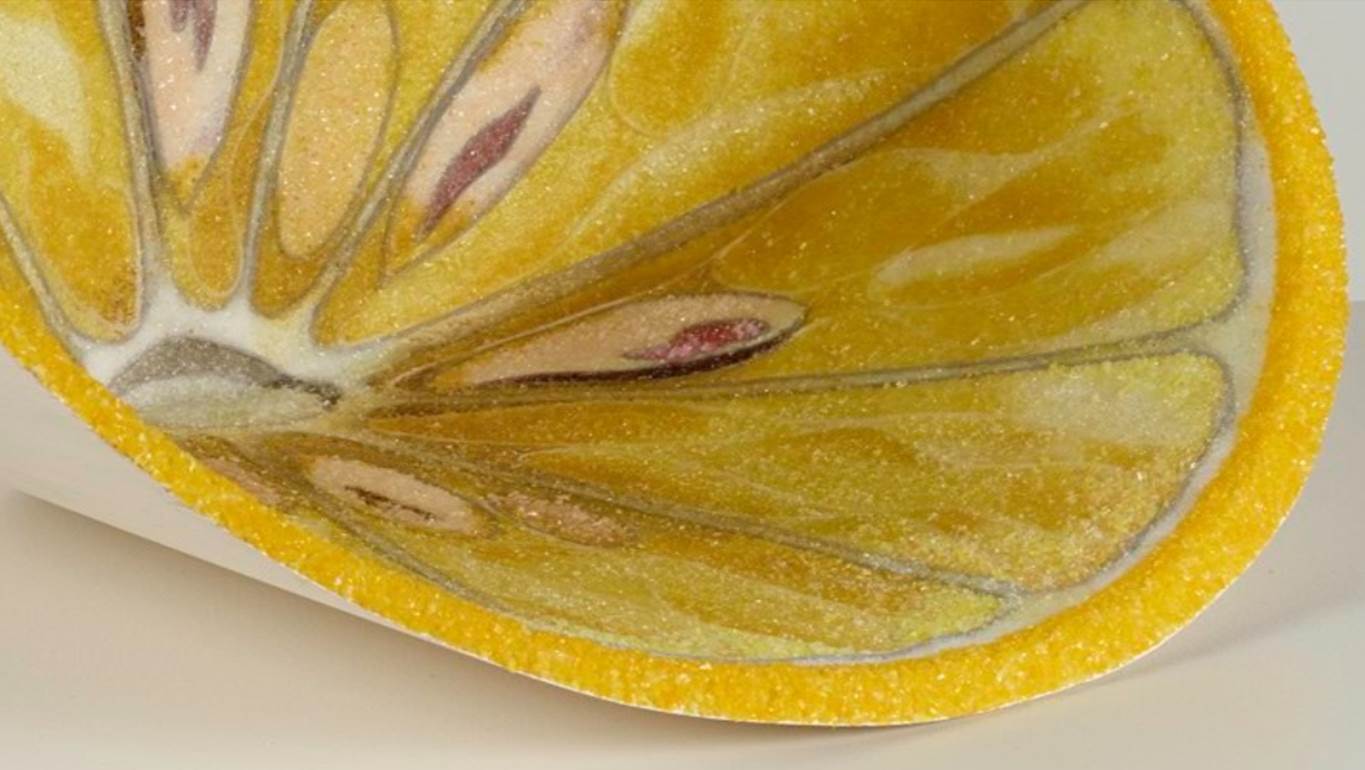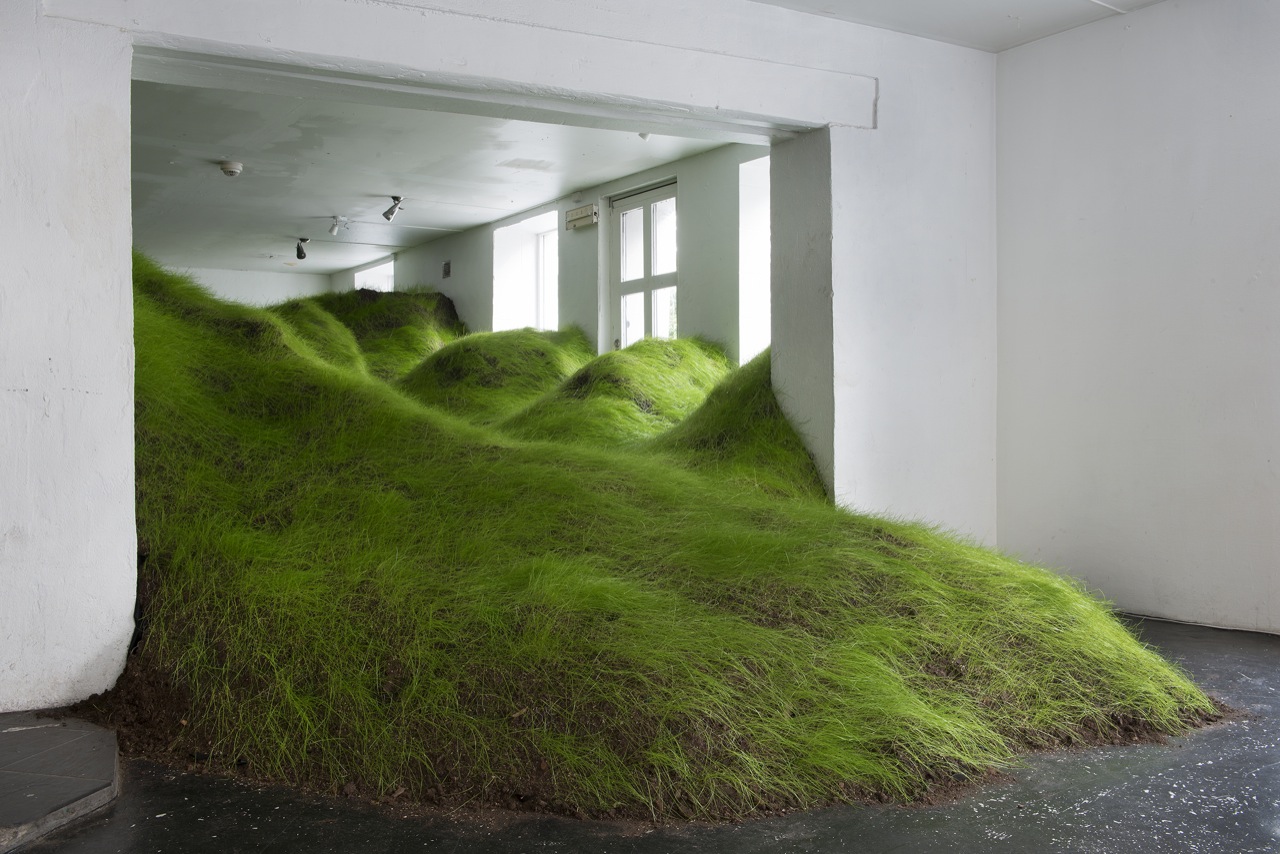
Wedge, 2013
Glass, epoxy, plywood
17” x 14” x 14”
Le titre de l’oeuvre signifie : « coin », ou « recoin ».
Artiste website – Site de l’artiste.
GAY OUTLAW
Born in 1959 in Alabama.
« Outlaw realizes her abstract forms in a challenging mix of materials, from glass to plastic to felt, to found materials like pencils or rubber hoses– at times, she has employed food in her sculptures. Even as a fan of minimalism, she offers viewers new relationships to formal art, taking them beyond its past rigors. »
Née en 1959 à Alabama aux États Unis.
Outlaw réalise ses formes abstraites dans un mélange technique de matériaux, du verre au plastique, en passant par le feutre ou des matériaux de récupération comme des crayons ou tuyaux en caoutchouc. Il lui est aussi arrivé de d’utiliser de la nourriture dans ses sculptures. En fanatique du minimalisme, elle offre une autre approche de l’art formel, dépassant sa rigueur traditionnelle.
Extract from Paule Anglim Gallery website, free translation by Because Art Is.
Extrait du site internet de la Galerie Paule Anglim, traduction libre de Because Art Is. (Here – Ici).
Paule Anglim represents permanently the artist Gay Outlow and had organized a marvelous exhibition of her work in 2014 at the Gallery in San Francisco. Unfortunatly, Paule Anglim passed away on Thursday April 2, 2015. We acknowledge her strong work and invite you to go see the retrospective set in her honor. You can still go there until June 27th.
Paule Anglim représente l’artiste Gay Outlaw de façon permanente et avait organisé une exposition somptueuse de son travail en 2014 à la galerie de San Francisco.
Malheureusement la galeriste Paule Anglim est décédée le 2 avril 2015. Nous saluons son travail colossal et vous invitons à aller découvrir la rétrospective organisée en son honneur à la galerie. Il vous reste jusqu’au 27 juin 2015 pour la découvrir.
“RETROSPECTIVE” PAULE ANGLIM (1923 -2015)
A memorial exhibition commemorating 50 years of support and collaboration
Infos about Gay Outlaw past exhibition at the Galerie Paule Anglim – On Visual Art Source.


